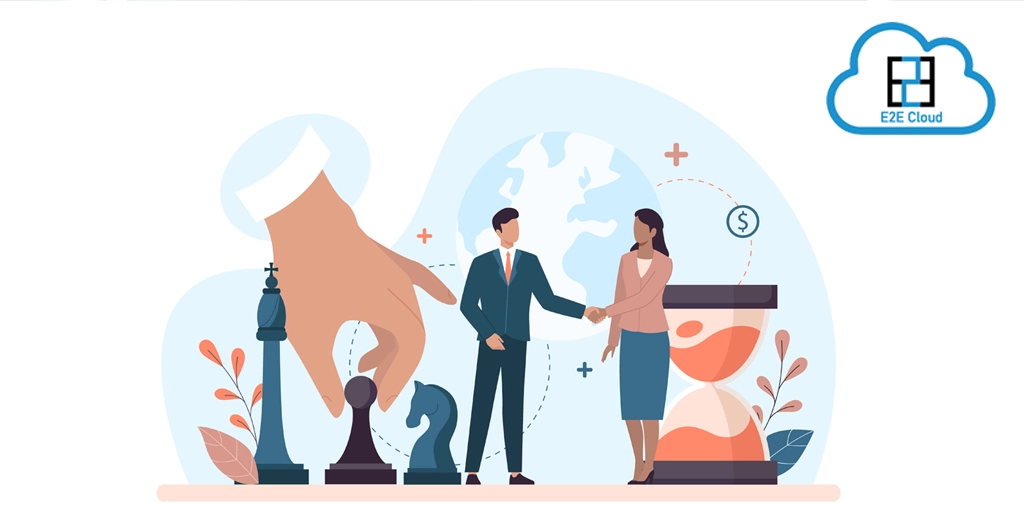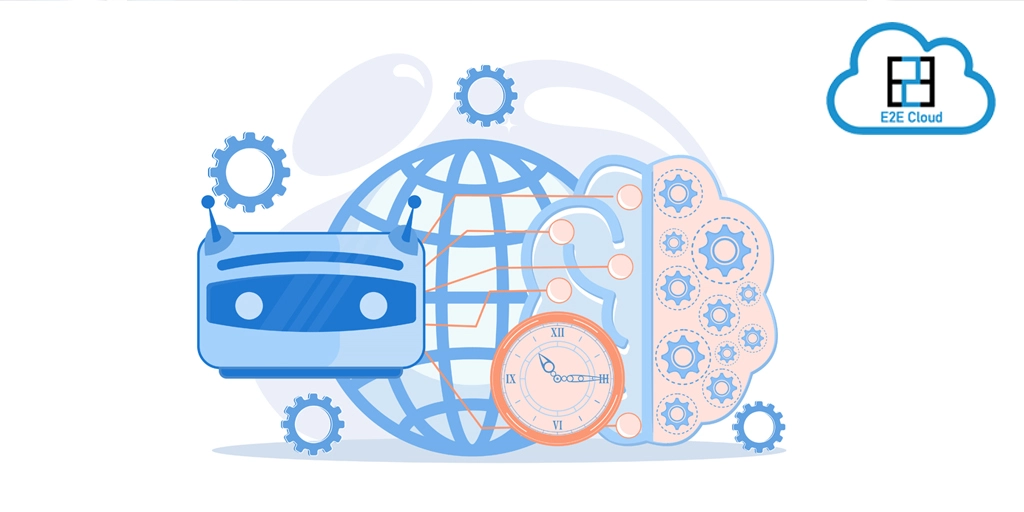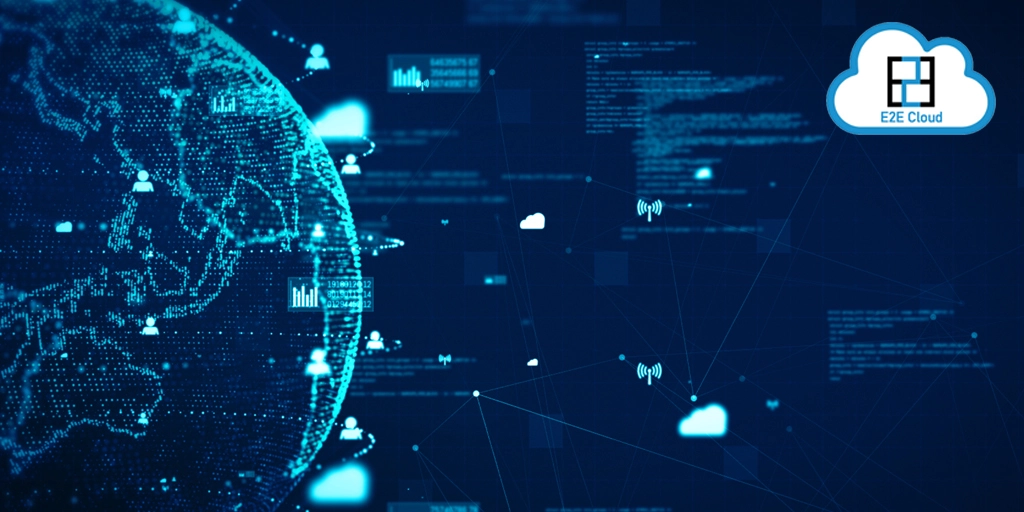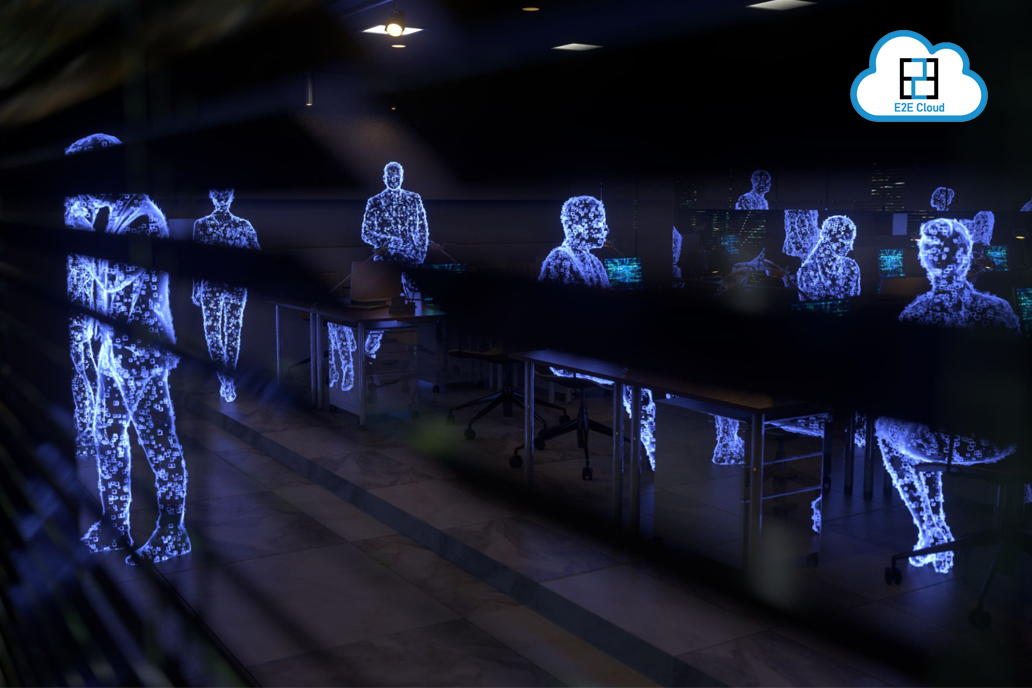About Company: CLOVIA is a full stack lingerie brand backed by Ivy Cap Ventures, addressing India’s underserved women’s innerwear and sleepwear market. Clovia product offerings comprise a wide variety of bras, panties, nightwear, camisoles & shapewear. The company sells its products through its own e-store clovia.com and other partner websites. The brand delivers products in more than 970 cities and serves over 10000 pin codes locations. The website currently serves monthly traffic of over 8.7 lakh users with over 40.9 Million-page views. This article illustrates the benefits that are associated with Cloud Infrastructure migration from any other public cloud provider to E2E Networks. The results directly encompass the benefits of significant cost reductions and better performance associated with E2E Networks Infrastructure.
E2E NETWORKS successfully migrated clovia.com from AWS to E2E Networks with a Cloud Agnostic approach.

Client Requirements:
- Increase website performance with reduced cost
- Infrastructure management and efficient utilization of resources
- Performance of stacks & database queries equivalent or better than existing services
- A holistic solution that would accelerate performance, condense resources and implement best-practices
The Challenge:
The client’s portfolio involved many products and the functions of the IT Admins & DevOps team were overloaded with work comprising repetitive problems. Just like many other companies, the client’s focus also to cut down their existing cloud Infrastructure and operational costs while delivering best-in-class service to its’ customers.
E2E’s Prescriptive Approach
- Migration of CDN from AWS CloudFront to E2E Networks based CDN setup.
- Setup MySQL Database from AWS-RDS to E2E Networks based HA-DRBD MySQL
- Migration of Mongo node from SPOF to HA-Mongo replica set cluster
- Setup Distributed Memcached system with 4 services for users and sessions management
- Move single Redis and RabbitMQ to cluster setup
- Transform web stack from Apache + mod_wsgi to Nginx with Gunicorn + supervisord.
The Solution
Strategy Overview-
Phase 1 – Preparing right-sized infrastructure resources to migrate Clovia to E2E Networks. We had to ensure that every component used here should be Highly Available. Phase 2 – Testing components functionality and working on performance optimization strategies to reduce lag by tweaking server specification and tuning software stack configuration.
The Execution –
Before we started working on it, Clovia’s AWS architecture involved a Single Point of Failure with recurrence load issues on the server during peak hours. We monitored the website and server performance while on AWS for a few day before performing any activities. During this phase, we audited and analyzed the right-sized setup requirements.

Phase 1: High Availability setup
We initiated High Availability setup with E2E NETWORKS infrastructure CDN by using PCS cluster technology with Nginx instances acting as a CDN machine serving from origin like S3 buckets. With respect to this, we worked on setup involving a HAProxy Load balancer with a set of instances using PCS web servers configured with Nginx as frontend with proxy pass Gunicorn + supervisor as the application was based on Django stack.
- Additionally, for MySQL Database we selected PCS with DRBD technology possessing read replica as an alternative to RDS
- For NoSQL Mongo Database we used a replica set cluster with a set of nodes with Arbiter to avoid split brain
- To replace elastic cache, we deployed distributed Memcached system with 4 different processes split into two processes each handled by a server to manage page cache
- To maintain user session, we used Redis Master/Slave setup with sentinel mechanism.
- For message queuing we used RabbitMQ cluster with mirror queuing setup, an engine we use for searches in sites driven by solr engine
- Not forgetting the security aspects, we implemented a setup on separate VLAN by deploying zentyal firewall and NAT- cluster. This enabled secure server access and avoided Network obstruction.

Finally, we shared this new setup and initially, sync’d code & database to perform load testing and benchmarking.
Phase 2 – Benchmarking

All validation, user testing, performance and security tests were performed as per the stages set in the pre-production environment so that everything should be ready for the final sync of the code, database & DNS switchover on the final day. During our benchmarking sessions, we were challenged by the RDS query execution time, which took around 0.6 – 0.7 sec. as compared to our tuned HA-DRBD MySQL setup with high specification server which took around 1.5 sec. The problem identification consumed a lot of time and energy. We deep dived into a lot of parameters such as MySQL changes, hardware configuration etc. to identify the root cause. Finally, we narrowed down the problem to the disk IOPS availability. To rectify the problem, we re-flashed the servers with RAID 10 disk configuration as compared to the previous RAID 1 configuration which brought down query execution time from previously 1.5 sec. to now 0.4- 0.5 sec, even better than RDS.
The Results
Clovia was impressed with service and support they received from E2E Networks
“We chose E2E for their competitive prices when compared to AWS. This was technically a winning choice for Clovia as E2E provides better machines, configuration and support as compared to AWS. E2E uses APM tool – Instana which in turn increased Clovia’s performance significantly. Their 24X7 support commitment and prompt ticket resolutions is commendable. E2E team’s skill set has enabled Clovia to grow with agility. We highly recommend E2E for it’s cost effectiveness and infrastructure security specially for fast moving start-ups.
-Clovia”

Following a fully operational production environment on E2E Networks, we helped Clovia to enhance and optimize their capabilities. The website is presently serving from E2E Networks infrastructure and our client is more than happy with the with the value that we provided. Finally, clovia.com was live on E2E Networks infrastructure. Following a fully operational production environment on E2E Networks, we helped Clovia to enhance and optimize their capabilities. The website is currently serving from E2E Networks infrastructure with excellent results. Our infrastructure offered significant performance & operational enhancements
– Cheaper – Clovia witnessed more than 48% savings after migrating to E2E Networks Infrastructure.
Faster – The website currently serves 2X traffic smoothly with better CDN performance and less query execution time as compared to the initial stages which have brought additional savings to the client.
Better – E2E Networks redundant & Highly Available infrastructure easily handles everything with better performance.
More Resources – They didn’t have a staging environment on AWS but we provided them with a 4 node staging setup which made their testing and deployments slicker. Fostering growth & innovation nowadays, the site experiences an increase in the traffic: there is no fluctuation in server resources, E2E Networks servers easily handle traffic with an average monthly visit of 8.7 lakh users & over 40.9 Million-page views. E2E Networks believes that the information in this document is accurate as of its publication date; such information is subject to change without notice. E2E Networks acknowledges the proprietary rights of other companies to the trademarks, product names and such other intellectual property rights mentioned in this blog.
.png)









